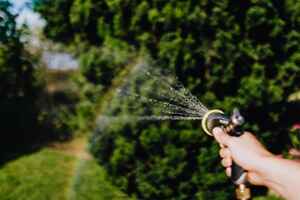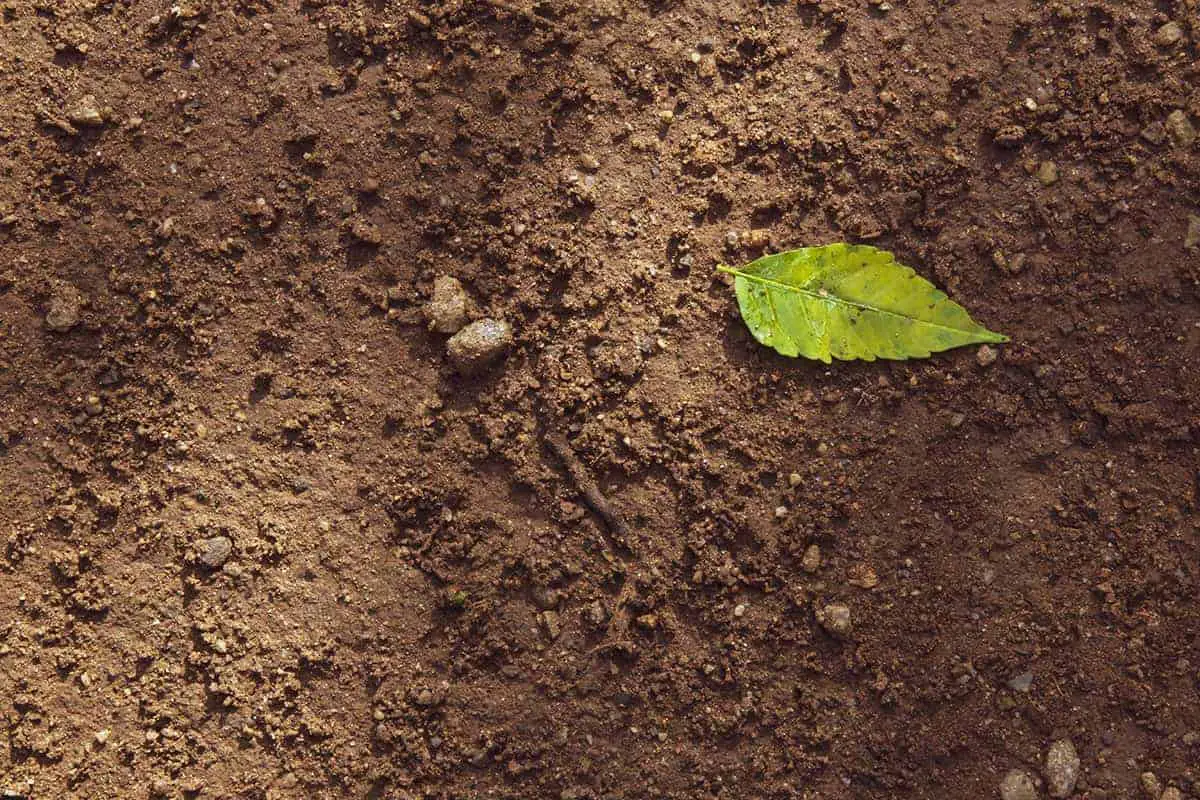Tops Tips for Planting Grass Seed in Spring
The best time to plant a new lawn or rejuvenate one is in the Spring because of the cooler temperatures and likelihood of rain. While you may think that simply planting the grass seed in the spring will produce a healthy and vibrant lawn, there are a few tips you can follow to ensure success. In this article, I’ve collected 8 essential tips for you to follow when planting your grass seed in the Spring.
Homeowners take pride in their lawns and when you come out of the winter months, sometimes they need a little help and revival. To ensure your lawn reaches its potential, follow these 8 tips to plant grass seed:
- Timing is Everything – Wait for the Perfect Temperatures
- Pick the Right Grass Seed for Your Lawn
- Test the Soil
- Prepare the Soil and Even-Out the Surface Area
- Plant and Feed on the Same Day
- Protect the Seeds – Cover with Soil
- Water, Water, Water
- Carefully Maintain the Lawn Throughout the Season
Keep reading to learn more about planting grass seed in the spring!
1. Timing Is Everything – Wait for the Perfect Temperatures
We’ve already established that Spring is the planting season. However, there is an optimal temperature you want to watch for – 55-65 degrees. Certain grass seeds won’t establish if they are planted at the wrong time, some can suffer from the excessive heat or will not survive the harsh cold of winter. (keep this in mind when choosing the grass seed)
Depending on where you live, spring temperatures can be unpredictable with possible late-season freezes, little-to-no rain, or way too much rain. Be sure that when you pick out the grass seed you want to plant, you are aware of the ideal temperatures and environment for successful growth.
2. Pick the Right Grass Seed for Your Lawn
There are several things to consider when picking out the grass seed you want to plant: location, budget, lifestyle, personal preference, etc. If you are having to re-seed an entire lawn, budget will be an important factor to think about. Do you have mature trees in the yard? If so, you want to make sure that the grass can get enough sunlight and nutrients as well as the trees.
Personal preference may also be a deciding factor for you. If you know exactly what type of appearance you want your lawn to have, the other plants you plan on adding to the yard, or even the kind of maintenance and growth you can control throughout the season – you’ll want to find a grass seed that fits these preferences.
 3. Test the Soil
3. Test the Soil
While it’s possible to have a beautiful lawn without testing your soil, it can help you make the right choice in grass seed and help you add the right nutrients and fertilizer for optimal growth. You can either have the soil analyzed by a local professional, or you can use a soil test kit on your own.
Most grass types work best in soil with a pH level between 6 and 7. If your grass is more acidic, adding limestone helps balance the pH level, and if it is too basic, adding compost and/or sulfur helps balance the pH level as well.
Though you don’t need to test your soil, it can help you protect and care for your lawn over a longer period – something to consider when reseeding.
4. Prepare the Soil and Even-Out the Surface Area
Perhaps one of the most important steps in planting your grass seed is soil preparation. Use a shovel or rake to remove existing grass from the area. Be sure to remove any rocks, sticks, branches, or other debris that is left behind. Also, level out any high/low spots and make sure there are no big clumps of dirt.
Essentially, you are trying to break down the soil into pea-sized particles that allow for a great seedbed. Once the soil has been tilled, debris is removed, and distinct high/low areas are leveled – it’s time to make the surface as even as possible.
Use a rake to move and even out the soil, you can add in some turf-builder if needed, otherwise don’t be tempted to add more topsoil. After you have cleared the area and done your best to make it even and level – it’s time for the next step!
5. Plant and Feed on the Same Day
The planting step has now arrived – but don’t forget to feed! You can choose to add fertilizer before you plant, or after, just make sure you follow the directions on the package you choose. Different lawn food will have certain instructions on whether to apply at the same time as planting or before or after planting, just make sure you look at the instructions.
One thing to remember when planting and feeding is that certain types of both grass seed and fertilizer will require different spreader settings for optimal coverage. The best way to apply the product is to go around the perimeter first before filling in the rest of the lawn. As you begin to fill, following a mowing motion is recommended, it allows for just enough overlap.
If you need help deciding on fertilizer and spreader, go talk to your nearest home and garden expert. They can help you find a fertilizer that is best for the grass seed you’ve chosen, as well as a spreader that makes the most sense for your yard.
 6. Protect the Seeds – Cover with Soil
6. Protect the Seeds – Cover with Soil
Next to the prepping stage, this is one of the most important. Don’t forget to cover up the seeds and seed food with a thin layer of soil. This top layer will help ensure the seeds don’t dry out or wash away and protect them as they start to establish.
Gently and carefully lay out a thin layer of soil and rake over it to even it out. You don’t have to worry about disturbing the seeds, you just want to make sure there is something there to catch them if there’s too much water or wind or sunlight.
7. Water, Water, Water
Water is essential to getting your new grass seed to grow. However, there is a right and wrong way to water. The key is to keep the top inch of your soil consistently moist – not drenched or soggy or “wet”. Misting the area once a day, depending on the temperature and sunlight is the best way to get started.
After the seeds have begun to germinate, you’ll want to keep more of the soil moist – up to 2 inches until the grass reaches 3 inches high. Once the grass is up to mowing height, you can reduce your watering to about twice per week and soak the soil much deeper to encourage grass root growth deep into the soil.
Another thing to keep in mind when watering is the time of day. Watering in the morning, before the sun is out and the temperature heats up, is the best time to make sure the grass gets enough water to protect it throughout the day.
8. Carefully Maintain the Lawn Throughout the Season
Congratulations! You have now chosen your grass seed, prepared the soil, planted and fed the seed, watered it, and now you have a beautiful green lawn! All you have to do now is maintain it.
Mowing the lawn requires more precision than most people think. Let the grass reach 3 inches in height before cutting it and be sure to only mow the top ⅓ of the blades (you should adjust the mower to a high setting). Cutting the grass in this way ensures that the lawn stays thick and healthy – when you cut it too short, the blades grow weak and weed growth can occur.
As the new grass is growing, try to avoid high traffic so as not to disturb the growing pattern and allow the roots to develop as much as possible. Once your lawn has been established, you can institute a more regular fertilizing, watering, and mowing schedule for optimal health!
 Bonus Tip: Consult With a Professional
Bonus Tip: Consult With a Professional
Though you know exactly how to plant your new grass seed, talking with your home and garden expert can help you make sure you are making the right choices for your lawn. They may have cheaper options for you that give you the same results, or they can tell you exactly how they would set up a watering schedule.
Sometimes it’s nice to get a professional opinion so you can feel good about your decisions. Then, you can go and feel even better because you saved money by doing the work yourself – it’s more satisfying, especially when you see the beautiful new growth over the next 6 to 8 weeks.
While your lawn may have required all new growth, sometimes there are only certain areas that need a little extra help. Luckily, you can follow the same steps and just cover the areas that need it. Good luck and happy planting!

